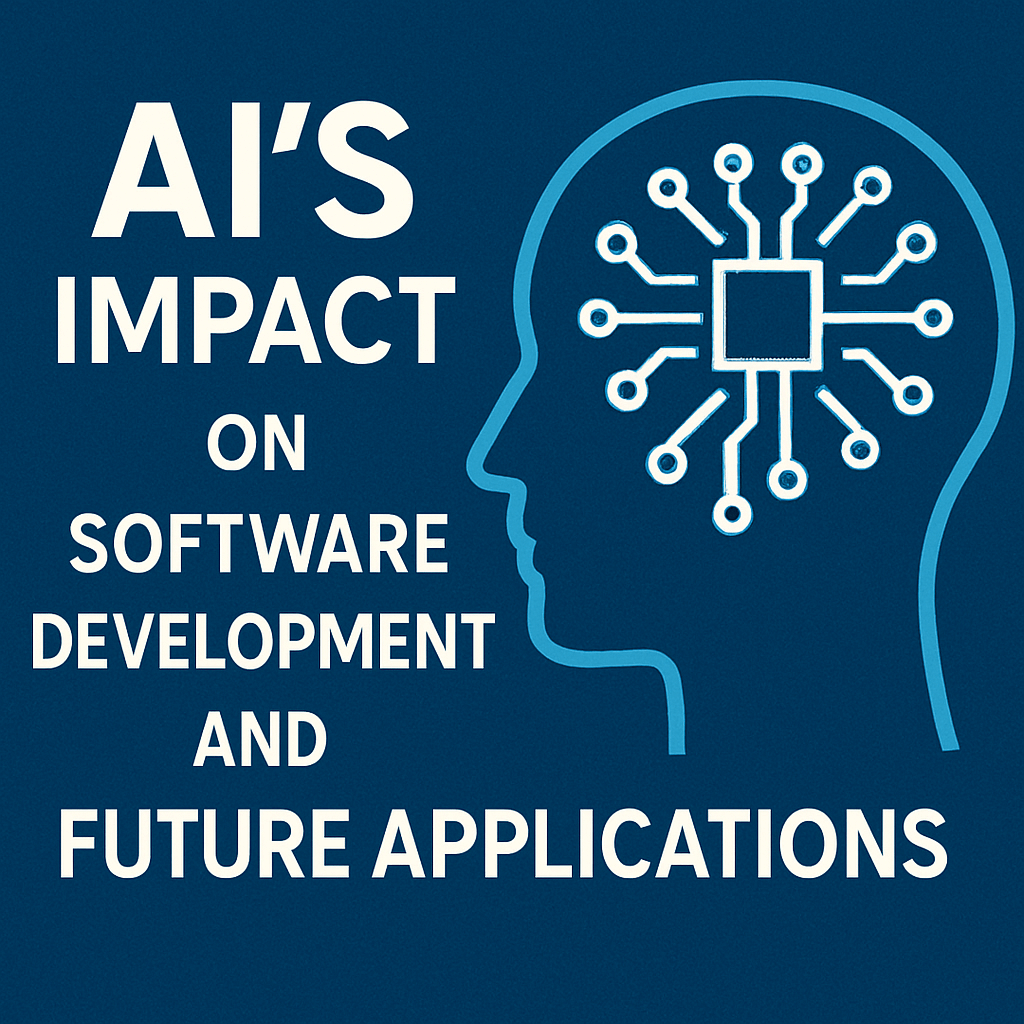AI’s Impact on Software Development and Future Applications

At the turn of the millennium, launching an online business could easily require six-figure budgets for bespoke developers, dedicated servers and petabyte-scale storage arrays. Within a decade, cloud platforms and software-as-a-service (SaaS) models slashed those costs by an order of magnitude. Today, artificial intelligence promises to reduce barriers yet again, enabling anyone with an idea to design, develop and deploy production-grade software without writing a single line of code by hand.
Historical Cost Decline in Software Deployment
- 2000: Custom data centers at $200K+/year. On-prem Linux clusters, SAN arrays, licensed middleware.
- 2010: AWS, Azure, GCP introduce pay-as-you-go VMs. SaaS subscriptions cut CapEx by 80%.
- 2023: Serverless computing, container orchestration (Kubernetes) and AI primitives available at $0.0001 per inference.
Unit economics now favor experimentation: a single GPU-accelerated inference costs cents, while automated CI/CD pipelines and managed databases are billed by the millisecond.
OpenAI’s Game-Changing Acquisition
In April 2024, OpenAI closed a record-setting $40 billion private funding round—an unprecedented vote of confidence in AI’s potential. Shortly thereafter, the company allocated $3 billion to acquire Windsurf (formerly Codeium), a rising star in AI-powered coding assistants. While less dramatic than a quantum computing or robotics purchase, the Windsurf deal signals OpenAI’s strategic bet on software development as the next frontier of AI transformation.
Windsurf’s Technical Specifications
- Model Agnostic: Supports GPT-4o, GPT-4o-mini, Anthropic Claude and open-source LLMs via plugin APIs.
- Agentic IDE (Cascade): Automates multi-file scaffolding, refactoring, dependency resolution and terminal commands using autonomous agents.
- Multi-Modal Coding: Interprets hand-drawn wireframes, Figma mockups or architecture diagrams and generates HTML, CSS, React or Flutter code.
- Contextual Memory: Maintains up to 200 000 tokens of project history, enabling stateful edits and real-time collaboration.
- Inference Performance: Deploys quantized 8-bit transformer models on NVIDIA H100 GPUs at sub-20 ms latency per 1K tokens.
Commoditization of Software Development
Commoditization occurs when a specialized service becomes a universally accessible standard. In the context of software, AI agents are poised to transform programming from a high-skill craft into a prompt-driven utility. Consider the workflow:
- User describes a feature or wireframe in natural language or uploads a sketch.
- AI generates project boilerplate, dependencies and data schema.
- Interactive editing refines business logic; autonomous tests validate edge cases.
- Continuous integration deploys the service to cloud infrastructure with one click.
In effect, coding becomes a layer atop AI, analogous to how prompt engineering transformed content creation with ChatGPT.
Emerging Competitive Landscape
OpenAI’s move invites direct competition from other AI-coding platforms:
- GitHub Copilot: Backed by Microsoft, integrated into VS Code, leverages OpenAI Codex for line-by-line suggestions.
- Amazon CodeWhisperer: Provides context-aware completions within AWS IDEs, optimized for cloud APIs.
- Google Duet AI: Embeds AI in Google Cloud Shell and IDE for rapid prototyping on GCP.
- Replit: Browser-based IDE with instant execution, democratizing access for non-traditional coders.
None match OpenAI’s vertical integration of GPT-4o as the brain, Windsurf’s agents as the hands and ChatGPT as the conversational interface.
Security and Compliance in AI-Driven Coding
AI-generated code raises new governance challenges. Expert security teams warn of:
- Vulnerabilities: Unverified third-party snippets can introduce SQL injection or cross-site scripting (XSS).
- Licensing Risks: Models trained on public repos may inadvertently reproduce GPL or MIT-licensed code.
- Compliance: Enterprises require SAST (Static Application Security Testing) and SBOM (Software Bill of Materials) integration for audit trails.
Leading vendors are embedding automated security checks and license analyzers into their AI toolchains to mitigate these risks.
Economic Impact on the Developer Labor Market
According to a McKinsey study, AI automation could boost developer productivity by up to 40%. However, CIOs must balance efficiency gains against potential job displacement. Key dynamics include:
- Reskilling: Demand for prompt engineers and AI trainers will surge.
- Specialization: Developers pivot to higher-order tasks—architecture, security and data strategy.
- Cost Savings: Startups can launch MVPs for under $1 000 in cloud-native environments, accelerating time-to-market.
Future Directions and Expert Opinions
“We’re entering an era where software creation becomes as accessible as writing an email,” says Andrej Karpathy, former OpenAI director of AI. “The real differentiator will be your idea, not your ability to code.”
OpenAI’s roadmap includes:
- Meta-learning layers for zero-shot adaptation to niche frameworks.
- Reinforcement learning from human feedback (RLHF) to align agentic behavior with business objectives.
- Enhanced tool use to integrate with DevOps pipelines, cloud APIs and third-party microservices.
Conclusion: Much like 19th-century railroads owned the tracks, OpenAI is building the rails of modern software development. By controlling the AI stack—from vision and language models to agentic IDEs—they stand to determine who gets to innovate and how fast the next killer app can reach market.